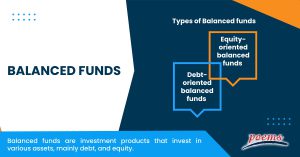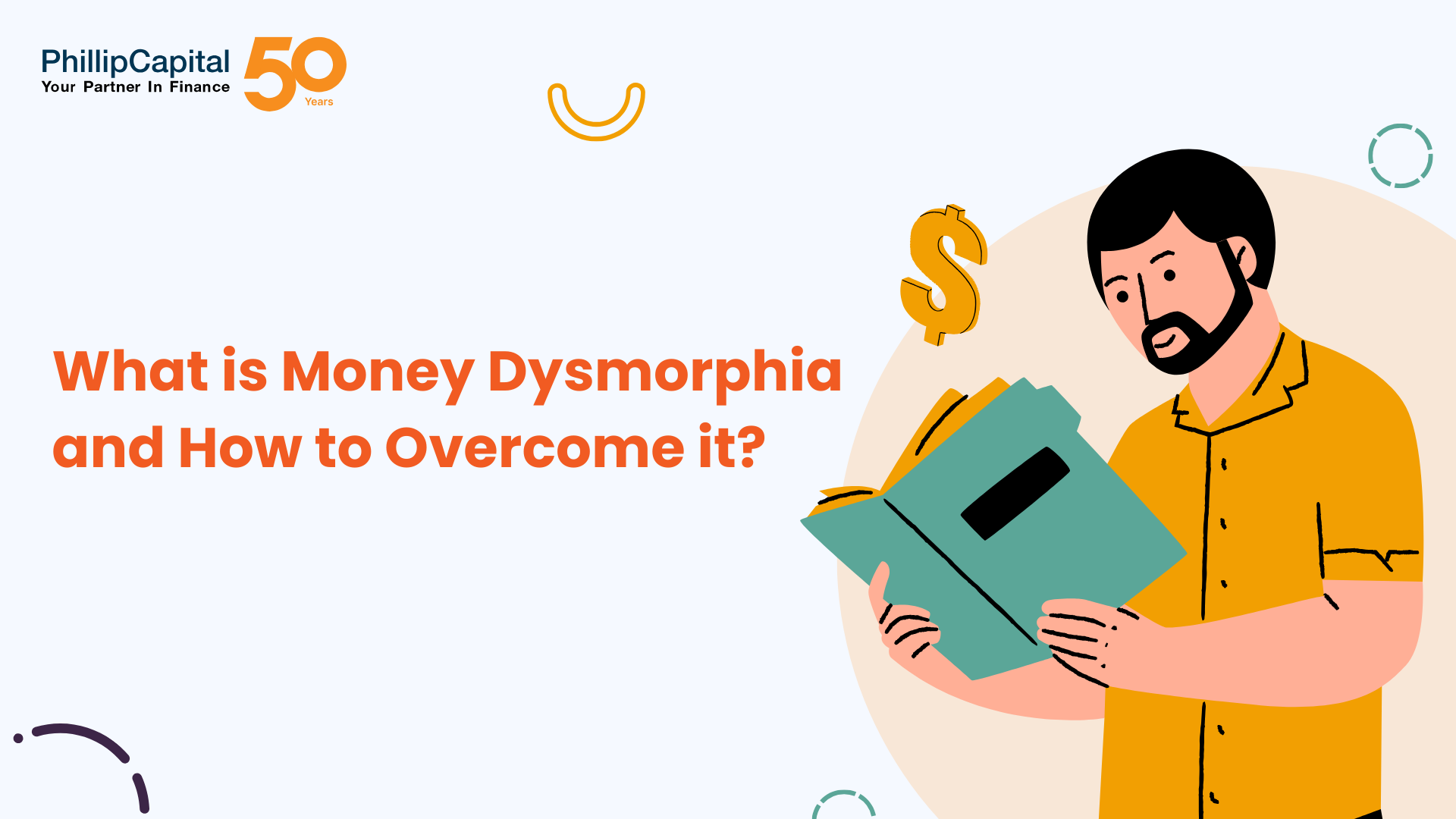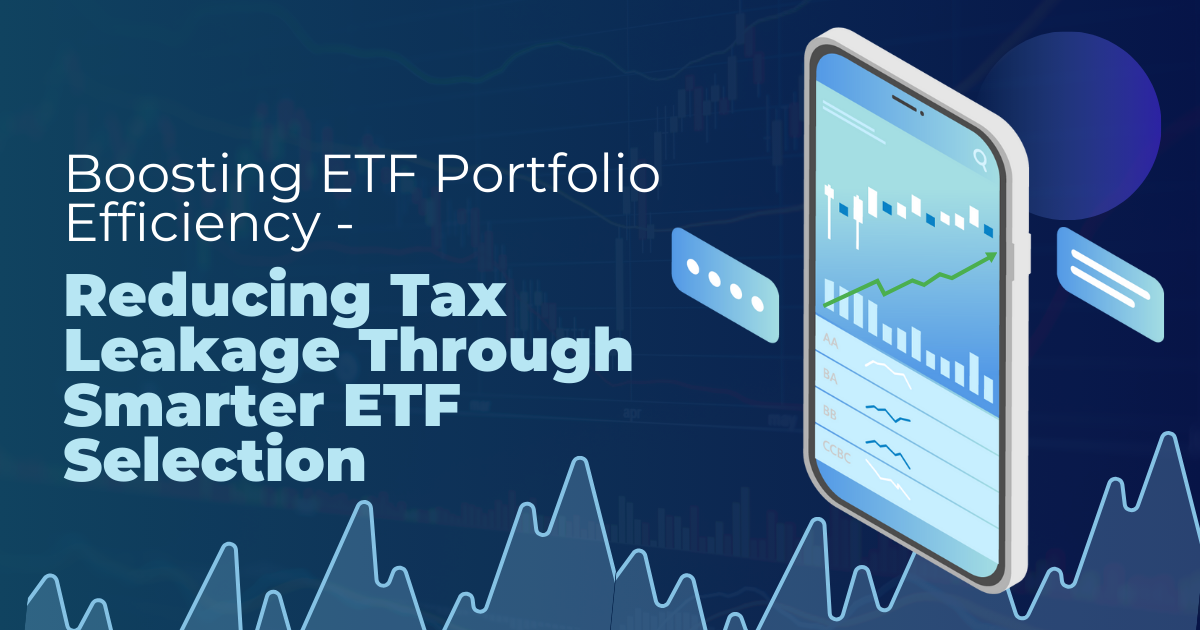Balanced funds
Table of Contents
Balanced funds
Financial professionals have traditionally urged investors to establish a diversified portfolio with holdings in various securities and asset types. Diversification helps reduce the risk involved in multiple investments, but investors frequently choose low-yield or riskier investments to diversify their portfolios. A form of mutual fund called a balanced fund, often called a hybrid fund, has a fixed ratio of stock and bond investments in its portfolios. These mutual funds assist investors in portfolio diversification by investing in asset classes, including debt and equity.
What is a balanced fund?
Balanced funds are investment products that invest in various assets, mainly debt, and equity; however, these funds are frequently geared towards one asset class over the other, with a more significant share invested there. Asset allocation funds, often known as balanced funds, are a subset of hybrid funds.
Balanced funds provide a balanced strategy for investing in the markets by attempting to reduce risk with a debt component and moderate capital growth through shares. The goal is to protect investors’ money more than risky equities funds. The fund’s main asset class determines taxes on balanced funds. One that leans towards stock will be taxed similarly to equity mutual funds.
Understanding balanced funds
A hybrid fund, an investment vehicle distinguished by its diversification over two or more asset classes, is a balanced fund. Each asset type the fund invests in often has a minimum and maximum value that it must stay within.
An asset allocation fund is another term for a balanced fund. Unlike life-cycle funds, which alter their holdings to reduce risk as an investor’s retirement date approaches, balanced fund portfolios do not significantly change their asset mix. Additionally, actively managed funds differ from balanced funds, which may vary due to an investor’s shifting risk-return preferences or the state of the general investment market.
What is the purpose of a balanced mutual fund?
A balanced mutual fund has two halves that have separate functions. This investment plan’s equity component helps stop investors’ purchasing power loss. They need comparatively less capital commitment because they invest primarily in stocks.
The price of an equity fund is determined by the net asset value (NAV) of the fund minus its liabilities, and this mutual fund favours larger, dividend-paying corporations in its equity holdings. The remaining corpus of the balanced mutual funds is invested in debt-oriented schemes to counteract the risks posed by equity funds. Bonds and other debt securities are the primary investments in the scheme’s debt section. Despite having lower returns than equities funds, they nonetheless fulfil two goals. They first assist in generating a source of revenue.
Additionally, they aid in reducing the portfolio‘s volatility. They significantly lessen the susceptibility of investments because they are far more secure than equity investments.
The fund is the best choice for investors with a low-risk tolerance and looking for investment options that can make up for growth that is outperforming inflation while also producing income that can help supplement investors’ financial needs. They assist those who have no source of income in developing a reliable source of income so they can save up enough money to cover their basic needs.
Advantages of balanced funds
The advantages of balanced funds include the following:
- When compared to the debt markets, there are instances when the equity markets are overvalued, and vice versa. In these circumstances, the fund manager can switch between the two main asset classes and balance the fund’s performance against market swings.
- Hybrid funds provide diversification as a single mutual fund. This enables fund managers to diversify their portfolios by including investments from several asset classes, such as debt, money market instruments, and equity. Diversification among asset classes has the combined benefits of reducing risk and maximising capital growth.
- Balanced funds operate as a hedge against inflation due to their specific asset allocation, wherein the debt component gives consistent income while the equity component seeks to provide greater returns.
- Pure equities fund investments carry a considerable risk due to the potential for dramatic equity market declines. As a result, the debt portion of balanced funds assists investors in balancing out the risk that the equity portion presents.
Disadvantages of balanced funds
The disadvantages of balanced funds include the following:
- The status ratio of 60/40 balanced funds used for fund allocation could be more optimal.
- Balanced funds provide investors with a steady income stream by investing in large-cap companies rather than smaller and more profitable small and mid-cap enterprises. It implies that you would make less money.
- The diversification of your portfolio can be increased by including international stocks. But most balanced funds disregard global markets.

Frequently Asked Questions
The following categories are used to categorise balanced funds:
- Equity-oriented balanced funds
At least 65% of the corpus of these hybrid funds is invested in equities and equity-related instruments. The remaining corpus is invested in debt instruments or even money market assets to ensure stability during unpredictable market conditions.
- Debt-oriented balanced funds
At least 65% of the corpus of these hybrid funds is allocated to debt securities. Investments in fixed-income assets like Treasury Bills, Debentures, Bonds, Government assets, etc., are part of the scheme’s debt component. To add liquidity, a portion of the fund could also be invested in cash and cash equivalents.
Balanced funds are perfect for investors looking for income, moderate capital growth, and income from their mutual fund investments. To balance the risks and profits, those with a low-risk tolerance, such as seniors, might invest in these mutual funds.
The elements of a Balanced Fund Portfolio are:
- Component of equity
The equity component ensures the long-term preservation of retirement savings and helps stop the loss of purchasing power.
- Bonding element
A balanced fund’s bond portion serves two functions. They create a source of income and reduce the price fluctuations of the portfolio’s equity component.
All hybrid funds evenly distribute their assets between stocks and debt securities. However, a more significant amount of investments may tilt the balance in favour of one asset class. Balanced funds, on the other hand, divide the fund corpus equally between the two asset classes.
A balanced capital ratio is distributed between debt and equity in balanced funds. Balanced advantage funds, on the other hand, invest your money according to market conditions in both debt and equity instruments.
Related Terms
- Enhanced Index Fund
- No-Load Fund
- Back-End Load Funds
- Appreciation Funds
- International Value Funds
- Small-Cap Value Funds
- Debt Funds
- Pension Funds
- Broad Market Index Funds
- Mid-cap value funds
- Large Cap Value Funds
- Sector Specific Value Funds
- Ultra-Short Bond Funds
- Sub-Advised Fund
- Provident Fund
- Enhanced Index Fund
- No-Load Fund
- Back-End Load Funds
- Appreciation Funds
- International Value Funds
- Small-Cap Value Funds
- Debt Funds
- Pension Funds
- Broad Market Index Funds
- Mid-cap value funds
- Large Cap Value Funds
- Sector Specific Value Funds
- Ultra-Short Bond Funds
- Sub-Advised Fund
- Provident Fund
- Sovereign Wealth Funds
- Management Fees
- Clone Funds
- Net asset value per unit
- Closed-End Funds
- Fixed Maturity Plans
- Prime Money Market Fund
- Tax-Exempt Money Market Fund
- Value Fund
- Load Fund
- Fund Family
- Venture Capital Fund
- Blue Chip Fund
- Back-end loading
- Income fund
- Stock Fund
- Specialty Fund
- Series fund
- Sector fund
- Prime rate fund
- Margin call
- Settlement currency
- Federal funds rate
- Sovereign Wealth Fund
- New fund offer
- Commingled funds
- Taft-Hartley funds
- Umbrella Funds
- Late-stage funding
- Short-term fund
- Regional Fund
- In-house Funds
- Redemption Price
- Index Fund
- Fund Domicile
- Net Fund Assets
- Forward Pricing
- Mutual Funds Distributor
- International fund
- Balanced Mutual Fund
- Value stock fund
- Liquid funds
- Focused Fund
- Dynamic bond funds
- Global fund
- Close-ended schemes
- Feeder funds
- Passive funds
- Gilt funds
- Tracker fund
- Actively managed fund
- Endowment Fund
- Target-date fund
- Lifecycle funds
- Hedge Funds
- Trust fund
- Recovering funds
- Sector funds
- Open-ended funds
- Arbitrage funds
- Term Fed funds
- Value-style funds
- Thematic funds
- Growth-style funds
- Equity fund
- Capital preservation fund
Most Popular Terms
Other Terms
- Free-Float Methodology
- Foreign Direct Investment (FDI)
- Floating Dividend Rate
- Flight to Quality
- Real Return
- Protective Put
- Perpetual Bond
- Option Adjusted Spread (OAS)
- Non-Diversifiable Risk
- Merger Arbitrage
- Liability-Driven Investment (LDI)
- Income Bonds
- Guaranteed Investment Contract (GIC)
- Flash Crash
- Equity Carve-Outs
- Free-Float Methodology
- Foreign Direct Investment (FDI)
- Floating Dividend Rate
- Flight to Quality
- Real Return
- Protective Put
- Perpetual Bond
- Option Adjusted Spread (OAS)
- Non-Diversifiable Risk
- Merger Arbitrage
- Liability-Driven Investment (LDI)
- Income Bonds
- Guaranteed Investment Contract (GIC)
- Flash Crash
- Equity Carve-Outs
- Cost of Equity
- Cost Basis
- Deferred Annuity
- Cash-on-Cash Return
- Earning Surprise
- Capital Adequacy Ratio (CAR)
- Bubble
- Beta Risk
- Bear Spread
- Asset Play
- Accrued Market Discount
- Ladder Strategy
- Junk Status
- Intrinsic Value of Stock
- Interest-Only Bonds (IO)
- Interest Coverage Ratio
- Inflation Hedge
- Industry Groups
- Incremental Yield
- Industrial Bonds
- Income Statement
- Holding Period Return
- Historical Volatility (HV)
- Hedge Effectiveness
- Flat Yield Curve
- Fallen Angel
- Exotic Options
- Execution Risk
- Exchange-Traded Notes
- Event-Driven Strategy
- Eurodollar Bonds
- Embedded Options
- EBITDA Margin
- Dynamic Asset Allocation
- Dual-Currency Bond
Know More about
Tools/Educational Resources
Markets Offered by POEMS
Read the Latest Market Journal

100% Spenders in Singapore: How to Break Free from Living Paycheck to Paycheck
In 2024, 78.3 per cent of companies in Singapore granted wage increases as compared to...

Recognising Biases in Investing and Tips to Avoid Them
Common biases like overconfidence, herd mentality, and loss aversion influence both risk assessment and decision-making....

What is Money Dysmorphia and How to Overcome it?
Money dysmorphia happens when the way you feel about your finances doesn’t match the reality...

The Employer’s Guide to Domestic Helper Insurance
Domestic Helper insurance may appear to be just another compliance task for employers in Singapore,...

One Stock, Many Prices: Understanding US Markets
Why Isn’t My Order Filled at the Price I See? Have you ever set a...

Why Every Investor Should Understand Put Selling
Introduction Options trading can seem complicated at first, but it offers investors flexible strategies to...

Mastering Stop-Loss Placement: A Guide to Profitability in Forex Trading
Effective stop-loss placement is a cornerstone of prudent risk management in forex trading. It’s not...

Boosting ETF Portfolio Efficiency: Reducing Tax Leakage Through Smarter ETF Selection
Introduction: Why Tax Efficiency Matters in Global ETF Investing Diversification is the foundation of a...









